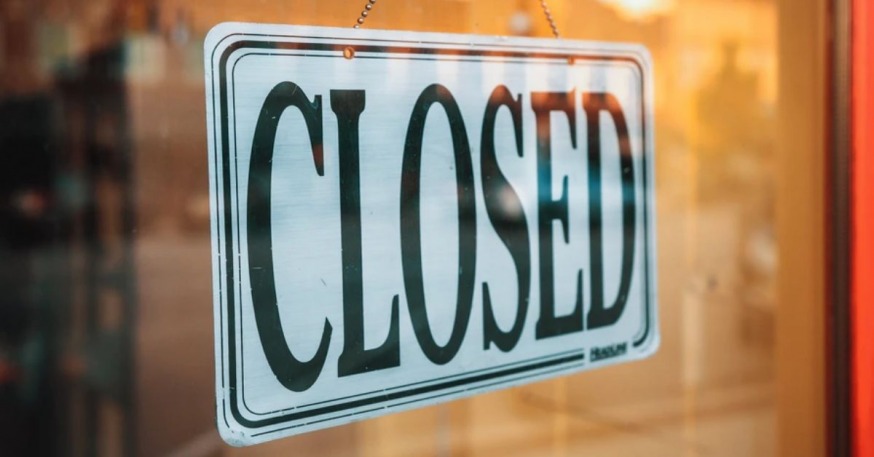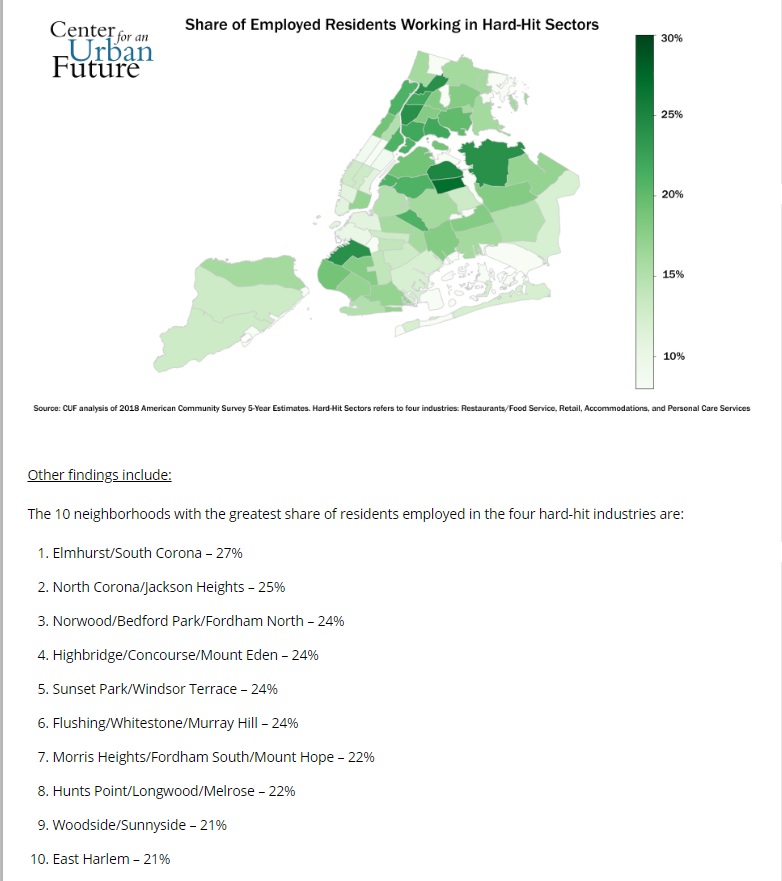
Evan Wise (Unsplash)
May 19 2020, By Michael Dorgan
Many Queens neighborhoods consist of residents who work in the restaurant, tourist and retail industries– and those areas have taken a financial hit, according to a recent study.
The study, released by Center for an Urban Future, found that people who work in the four hardest-hit industries – restaurants, hotels, retail, and personal care services – predominantly reside in Queens, the Bronx, Brooklyn, and Northern Manhattan.
Queens accounts for three of the top six city neighborhoods with the highest percentage of people working in these industries: 27 percent in Elmhurst/South Corona, 25 percent in North Corona/Jackson Heights and 24 percent in Whitestone/Flushing. The other three areas are Norwood and Highbridge in the Bronx and Sunset Park in Brooklyn – each with 24 percent.
The neighborhood of Woodside/Sunnyside ranked ninth, with 21 percent of residents working in those industries.
In comparison, less than 10 percent of the Upper East Side and Park Slope residents work in these four sectors.
The study found that while more than half of the jobs (51 percent) in the four hardest-hit industries are physically located in Manhattan, 81 percent of the workers in these sectors live in the outer boroughs.
The research also noted that Queens, the Bronx, Brooklyn, and Northern Manhattan have a much higher share of non-white residents than the city average.
For instance in Elmhurst/South Corona and Jackson Heights/North Corona – the two neighborhoods with the greatest share of residents working in these sectors – 90 percent or more of the population is non-white and over 60 percent is foreign-born.
Overall, the study showed that there are 13 neighborhoods (out of 55 Census-defined city neighborhoods) where at least 20 percent of the working residents are employed in these industries.
Four are in the Bronx, four are in Queens, two are in Brooklyn, and two are in Northern Manhattan.
In 13 of these neighborhoods, at least 71 percent of the population is non-white.
Furthermore, in nine out of the 13 neighborhoods, at least 45 percent is foreign-born.
In contrast, the five neighborhoods with the lowest share of residents working in these four industries, at least 64 percent is white and no more than 25 percent foreign-born, according to the study.

Rendering: Center for an Urban Future
